

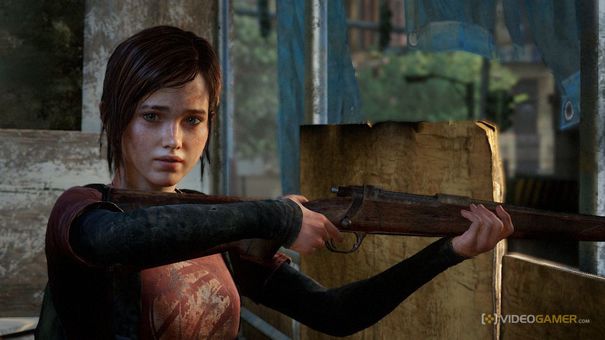

What is it about the opening moments of zombie fiction and cars? Telltale's The Walking Dead. The opening of the movie version World War Z. Resident Evil 2. And now, The Last of Us.
The twatty answer is something about America's reliance on the motor vehicle – the role it played in expanding the nation, the freedom it offered the Baby Boomers, and ongoing concerns about those freedoms being taken away, infrastructure breaking down.
The actual answer, of course, is the blind panic that sets in when everybody takes the same escape option and ends up trapped in the very thing that should give them flight. It’s an obvious way of courting concern from an audience - an easily-relatable experience (the traffic jam) made terrifying via the introduction of a sea of rage-addled murderers.
As with the above choice of narrative devices, I wasn’t surprised by rest of the prologue - in fact its beats are clear from the very first second you pick up the pad. But The Last of Us takes this setup and, like a lot of the rest of the game, makes something special out of elements we’ve seen a thousand times before. It does this by remembering that you are in control, that this is a game and not a film, and by playing to the best of both conventions. It’s not perfect - in fact in some cases it lets itself down, which we’ll get to in a bit. But as a tool to get the story moving - and communicate the rules of the new world, it’s very, very good.
If you’ve not played it and don’t want anything spoiled, best to leave now - what are you even doing here anyway? If you have, then you’ll know what goes down: after a spot of heartwarming father-daughter small talk, the outbreak occurs and Joel, his daughter Sarah, and brother Tommy make a break for the city limits.

Essentially a tool to make Joel’s later relationship with Ellie resonate with players, you know that Sarah is dead from the moment she’s introduced. No matter: in those short minutes she more than does her job. Before the madness, there’s an easy rapport between her and her dad that puts other games to shame. Her line about dealing drugs to afford Joel’s birthday present seems both a concession to her wanting to appear older (or more worldly) than her 12 or so years (even if she has seen some hardship) but instead come across as a sweet, childlike answer that underlines her frailty: a child playing at being an adult.
When it all does go down, and Joel kills his infected neighbour, that bravado is lost, and it’s her quiet, terrified voice that amplifies the insanity, and asks questions we’re too conditioned to either tune out or not even ask at all. Where Joel - and the player, probably a knowing veteran of many zombie campaigns - automatically rationalises his actions against the context of the world ending, for Sarah the basic questions essentially go unanswered. One, paraphrased, is 'Why did you kill the neighbour? I saw him this morning, and he was fine'. This question, delivered in a flat, shocked tone, is especially good, as it underlines how utterly different, how absurdly strange ‘now’ can be from ‘then’, even when they’re mere hours apart.
We should have helped that family. We had room in the car. Are we sick? Those people are on fire.
In a film, she’d qualify in some regards as the audience surrogate, and she plays this role very well. Her age means that Joel and Tommy can’t be utterly explicit about the situation. That she seems to be aware of the answers anyway is neither here nor there: as a mechanic, Sarah enables the developer to drip-feed info, to draw attention to elements of the world we’d either ignore or chalk up to another one of them-there zombie apocalypses. She grounds the opening, giving it a weight others lack - Resi 6 has similar on-the-run moments, with burning people and crashing cars, but no-one cared about that because you were Superman and not a scared little girl being escorted by a scared father and his scared brother.
But, of course, The Last of Us isn’t a movie, and Naughty Dog has been careful not to make the opening, like the game, an interactive cutscene. The short car trip you undertake is a great example: you’re not forced to look at anything. There’s no ‘hold triangle to look’ here.
Instead, your choices - or non-choices - feed back brilliantly. Maybe I’m a big old wuss, but I daren’t look out the back of the window of the car, lest there actually be something there, or the game blindside me as I did so. That it gives you the ability to look around at all is something: a lot of developers wouldn’t trust you to do anything but glare forward towards the next piece of geometry or the next set-piece. Instead, the focus is in the car - Tommy and Joel’s decision making (Route 71 didn’t turn out so hot, eh?), shouting panic between the brothers, and Sarah clambering around for a better view all give the experience an immediateness that other games lack. This isn’t just happening out there, it’s in here as well.
It’s very well-worked, and the subsequent foot chase through the town has a tension to it that’s not found anywhere else, again because you’re carrying Sarah. It's an escape attempt that ends with inevitable tragedy: killed not by the infected but by the Army, she dies in your arms. In terms of game time, she’s only been on-screen for about 20 minutes, but she’ll linger throughout the rest of experience.
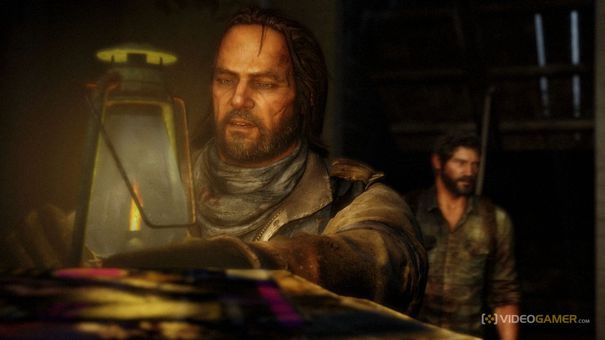
It’s certainly one of the most-discussed sequences in recent years. As review code hit, various journalists could barely contain themselves, in both their offices and online, from talking about it. The best opening ever. It made me cry. Better than Bioshock.
I can't agree with the above. I will say that it's well executed, but not quite, for me, as good as it could have been because there are a couple of things that really shook me out of the experience. The first is when Sarah gets a panicked call from Tommy in the middle of the night. He barely gets a few words out before he’s cut off, and if you’ve ever received a call in the middle of the night, you probably know that cold fear that runs through you pre, mid and post call.
Sarah, however, hops out of bed and is immediately prompted to press Triangle to look at some birthday card she should have given Joel. It’s unnecessarily gamey, in a similar way to what former creative director at People Can Fly, Adrian Chmielarz, complained about in the opening of Bioshock Infinite. Some players might not be bothered by it, but by looking at it we’re forced to accept that a) Sarah’s the hardest mofo in the world, keeping her head in the mundane while all around her others are quite literally losing theirs, or B) it doesn’t really fit.
The second - and most important of the two - comes at the end of the prologue, where Joel and Sarah are stopped by a soldier, who is ordered to kill both of them. There’s a moment where Joel tries to reason with him, then realises he’s going to fire anyway. Instead of the player being given the choice as to run or not, it’s all handled in cutscene form.
Sarah has to die, of course, but I couldn’t help but feel that by snatching control away from the player for this vital moment - instead of, say, giving them the illusion of choice - Naughty Dog missed a trick.
Still, The Last of Us’ opening is one of the best in recent years, and a great introduction to the game proper. It's a shame that - thanks to the marketing, which couldn't really have been done differently - Sarah's death is even more obvious than necessary. The silver lining is that, in years to come, certain players might pick up the game blind and get more out of it than we did. And even if they don't, it won't matter that much. Like parts of the rest of the game, Sarah's story might be obvious, but it's never unsatisfying.

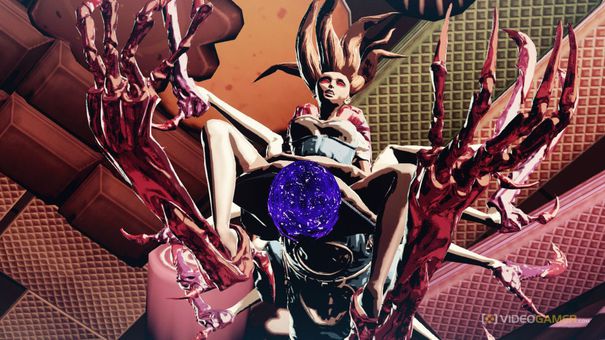
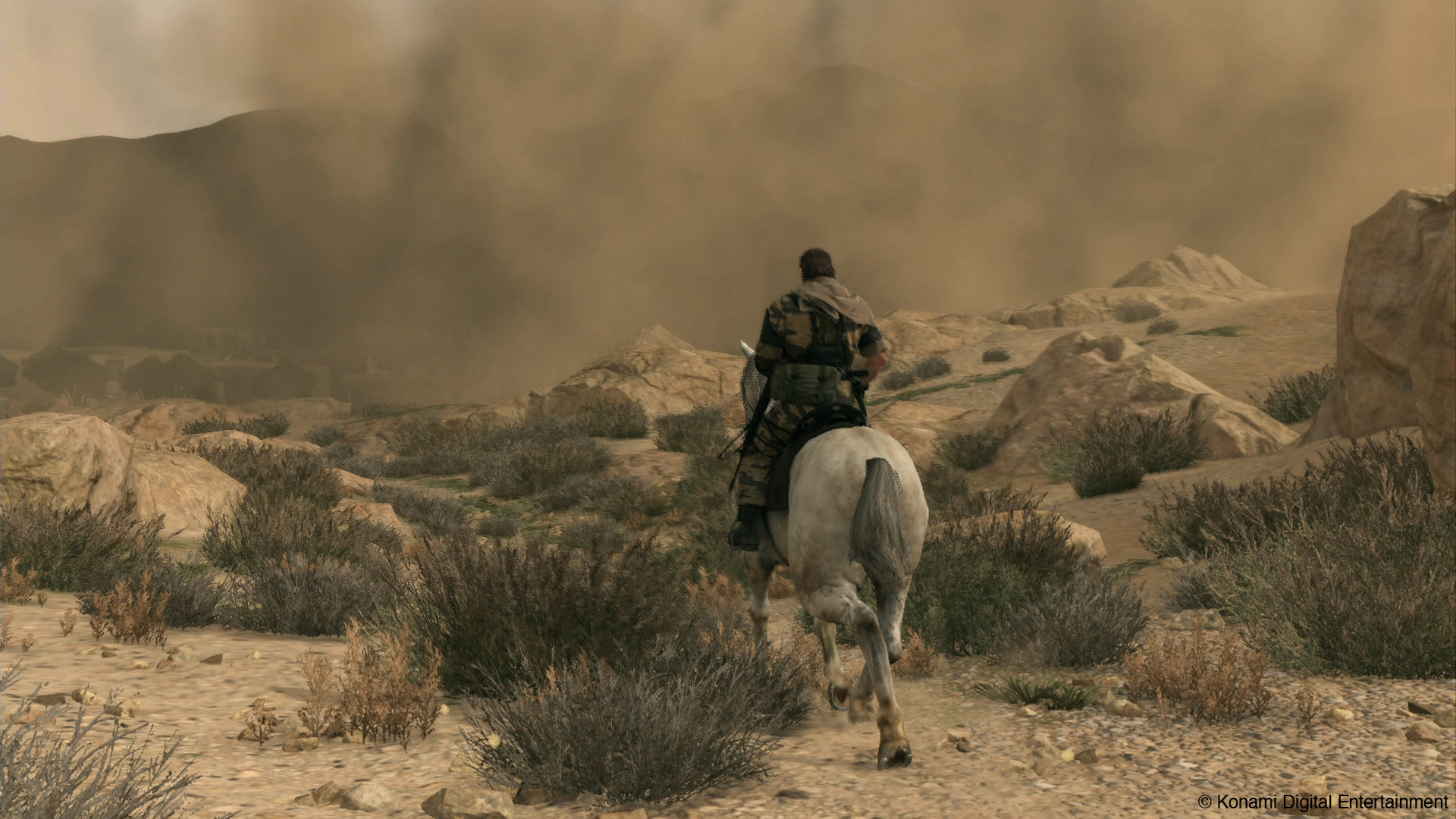
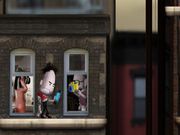
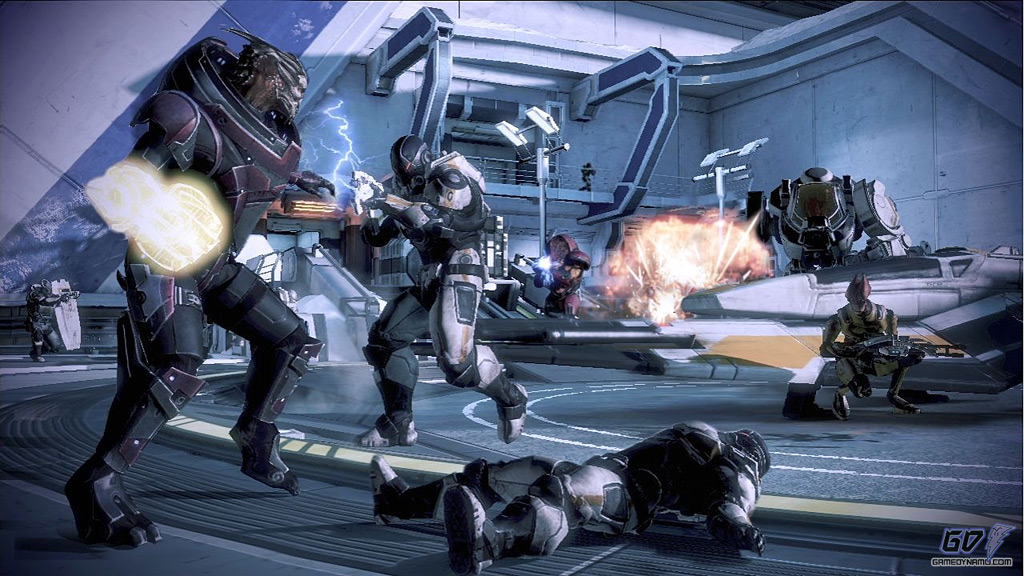 Mass Effect 3 Multiplayer Guide: Classes, Games, Opponents, Unlockables, etc.
Mass Effect 3 Multiplayer Guide: Classes, Games, Opponents, Unlockables, etc. Steam Series - Portal
Steam Series - Portal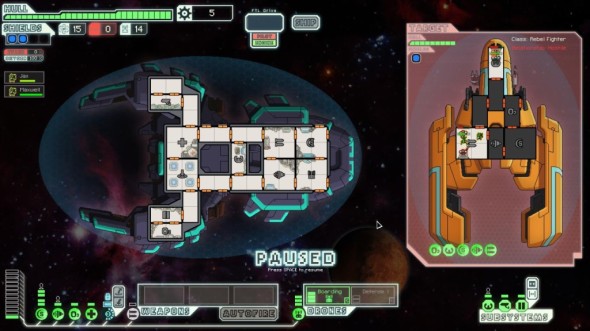 Five Hints for FTL: Faster Than Light - AlterGamer
Five Hints for FTL: Faster Than Light - AlterGamer Chicken Adventure Tips And Tricks
Chicken Adventure Tips And Tricks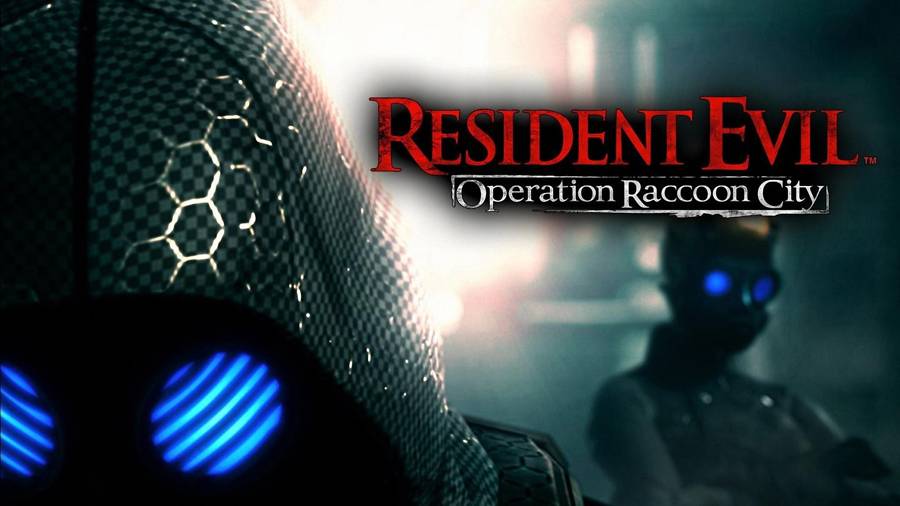 Resident Evil Operation Raccoon City Fast EXP Walkthrough
Resident Evil Operation Raccoon City Fast EXP Walkthrough